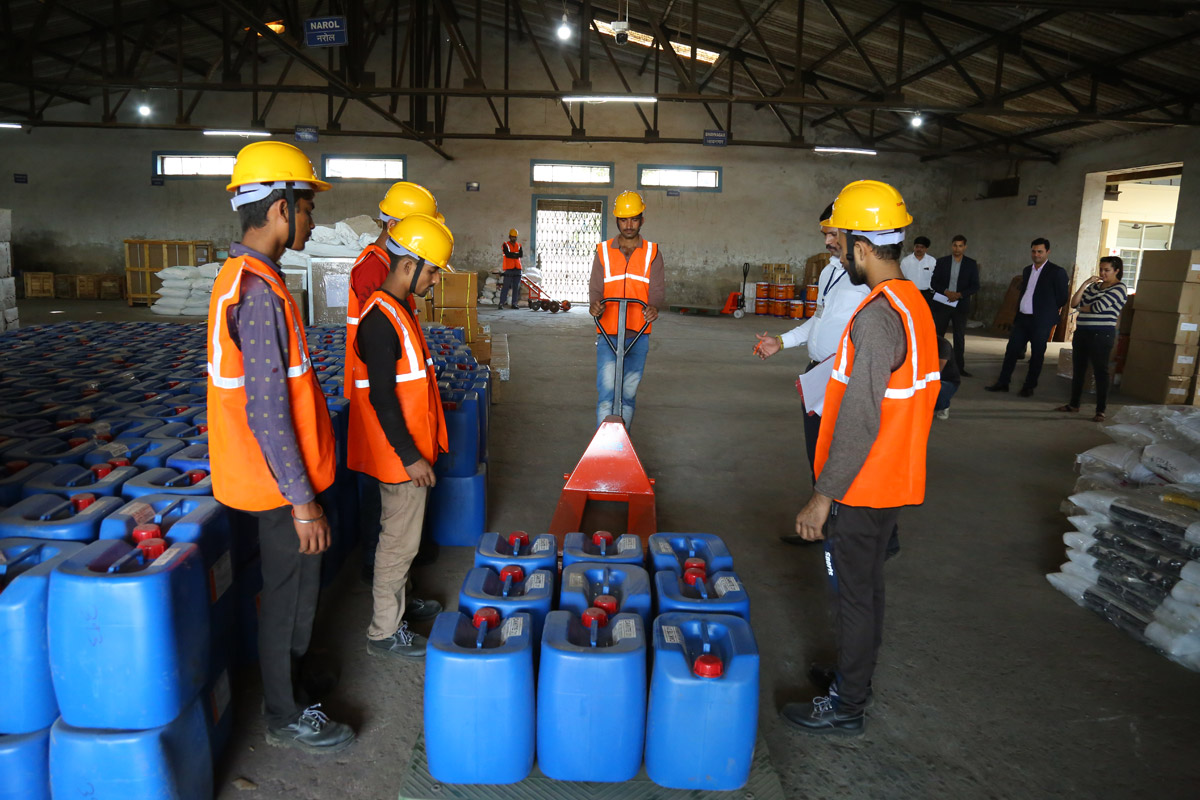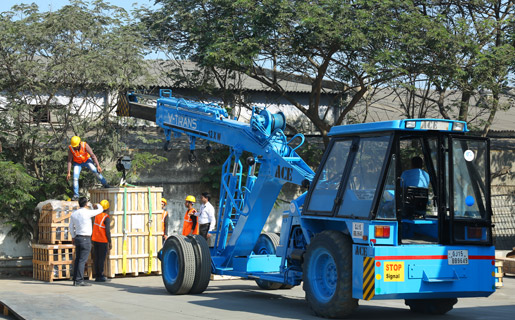Warehousing is the most crucial part of the supply chain network, and its operability has the efficiency to determine the success rate of the supply chain network. Similarly, there are a lot of minor contributing elements to the efficient operability of a day-to-day warehouse’s life, and in this blog, we will be looking at the key metrics that determine the performance of a warehouse. Being a leading logistics solution provider, we at V-Trans delivers the best logistic services and hence we follow the best warehouse practice in our operability and update them with time.
Key Metrics that Determine the Warehouse Performance
Inventory Turnover
Inventory turnover denotes the inflow and outflow of stocks into a warehouse for a year, and if a warehouse witnesses a high rate of inventory turnover, then it is doing good.
Back Order Rate
The back-Order rate denotes the complexity faced by warehouses in fulfilling the orders they receive, and if a warehouse faces this problem for a long time, then it holds a poor inventory management system.
Accuracy in Inventory
The inventory level in a warehouse needs to be accurately noted whether it is under manual or systemized operation, if there is a mismatch between the records and the existing stock, then it leads to poor stock management again and results in customer dissatisfaction.
Inventory to Sales Ratio
Inventory to Sales ratio denotes the total number of stocks get sold based on the available ones, the higher the sales the higher performance, it is a bit hard to predict manually this ratio, but analytics would do the favor for managers.
Order Picking Accuracy
Order picking accuracy denotes the delivery of the right orders, today with the presence of online shopping the order picking accuracy is at a greater height of 99% and anything below that would lead to customer dissatisfaction.
Truck Time
The lesser a truck spends time at the dock the greater the operability efficiency of a warehouse, if suppose a truck spends more time at the warehouse dock then there is some efficiency issue with the manpower in handling the stocks.
Staying days
Staying days denote the number of days a specific set of inventories present in the warehouse, the more the number of days an inventory set is present in the warehouse the higher will be its storage cost.
The shipping cost of the line item
It denotes the cost incurred in shipping a single product from the warehouse to the customer place, and it is highly essential to mark this cost that involves several factors like warehouse operability, transportation, etc.
Time to receive and pick the location
The time that a dock takes to reach the receiving and pick a location for the inventory also matters and it highly affects the warehouse’s operability. The work efficiency of the truck driver and staff who got involved in loading and unloading, packing, and unpacking the goods is determined here.
Proper Order Management
Proper order management is necessary to know the weak link of the entire warehouse process it involves procurement, production, transportation, and labor and helps a warehouse management system to know the problematic area and fix it.
Conclusion
Tracking the performance of a warehouse is vital to know the standard and raise it above if there are no major errors, and if there is any error then it has to be rectified in case. Warehouses must consider all the required metrics time and again to evaluate their performance.





